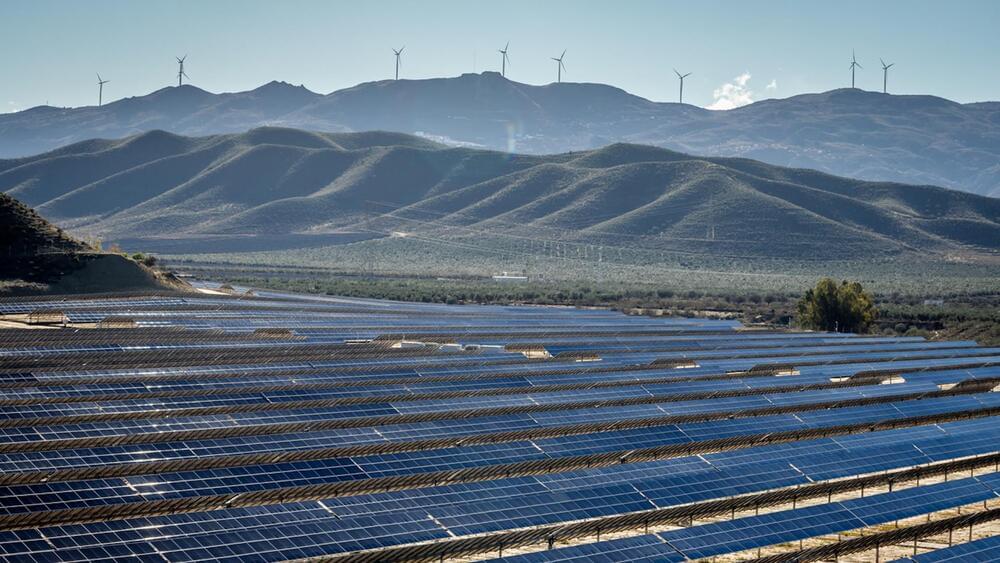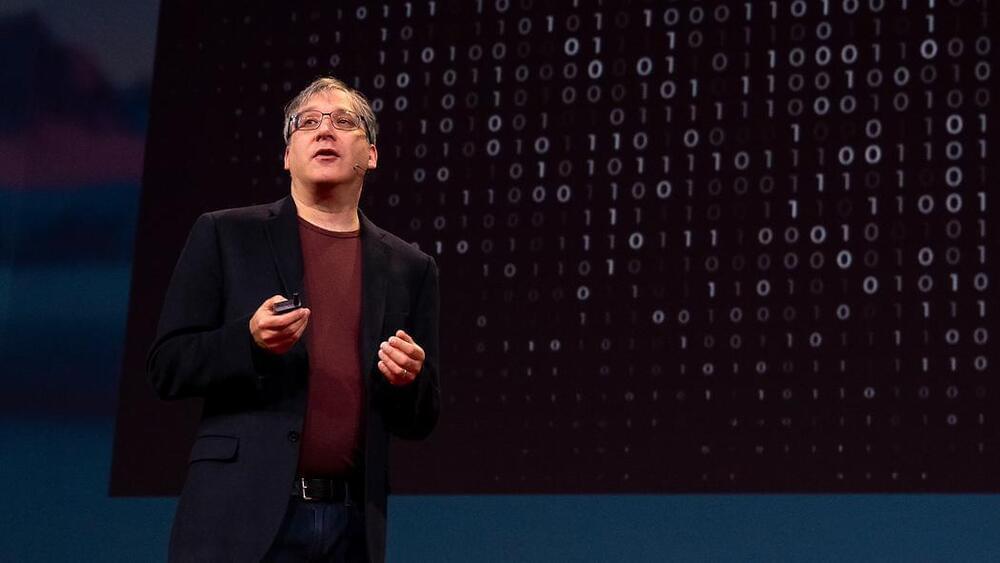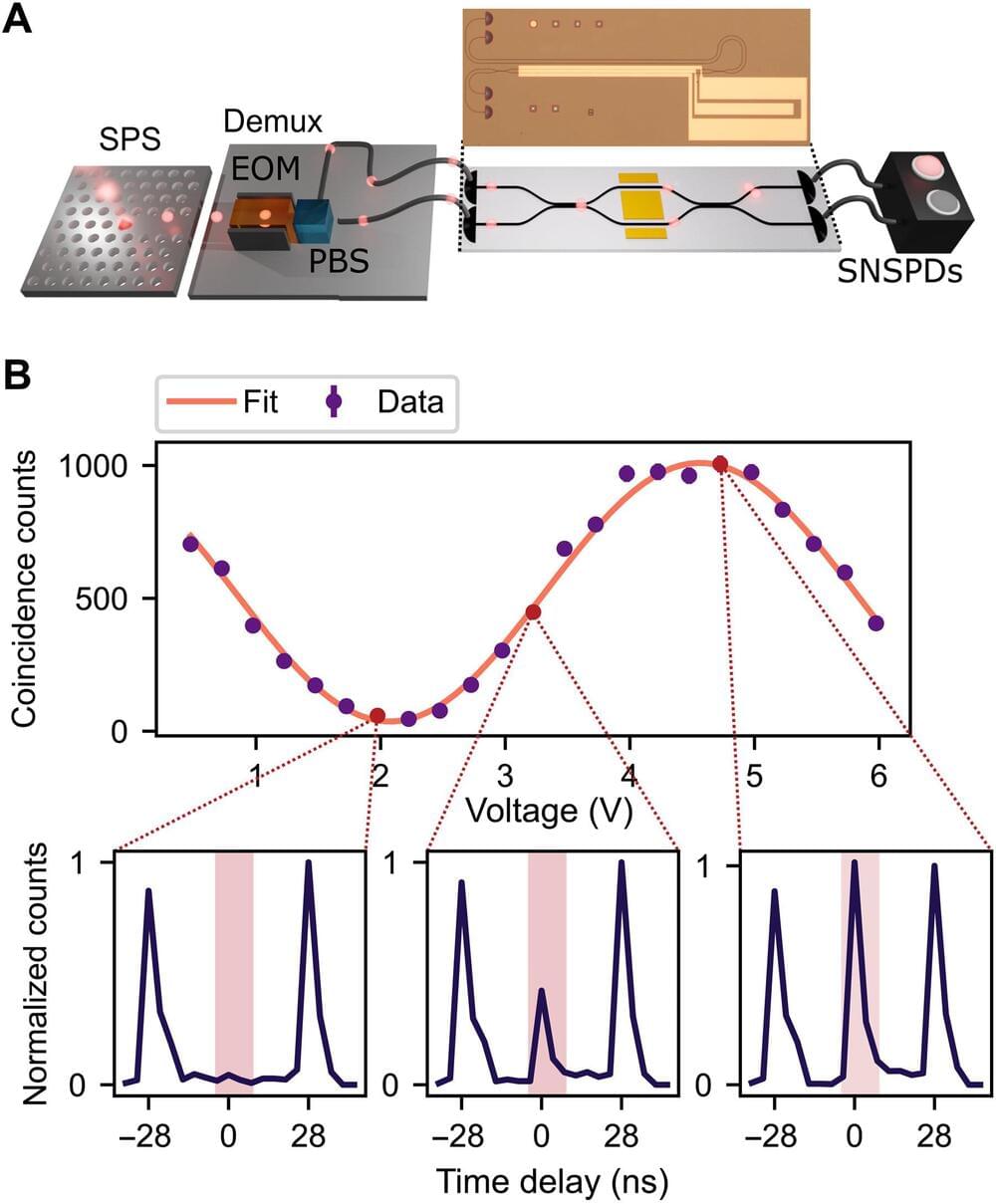Citizens are concerned about whether implemented rules are sufficient to protect them.
A recently reported scam in China that used ‘deep fake’ technology has raised concerns about the use of artificial intelligence (AI) in conducting fraudulent activities in the country. Discussion on the social media website Weibo about the explosion in the number of AI-powered scans gained more than 120 million views in a day, Reuters.
Over the years, the term ‘deep fakes’ has mainly been associated with celebrities, but as AI tech becomes more mainstream, it has also sparked fears of affecting the commoner.
Kentoh/iStock.








